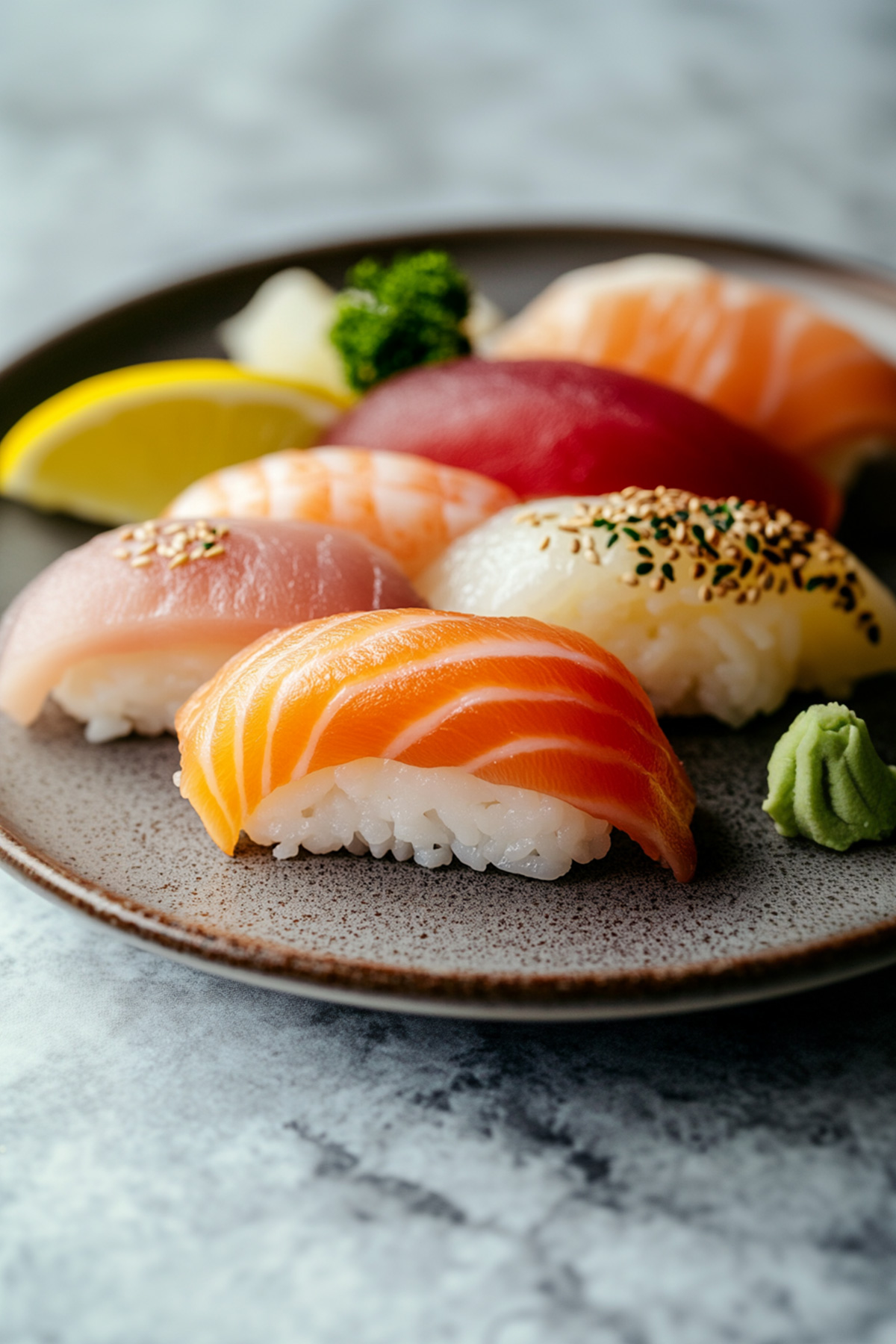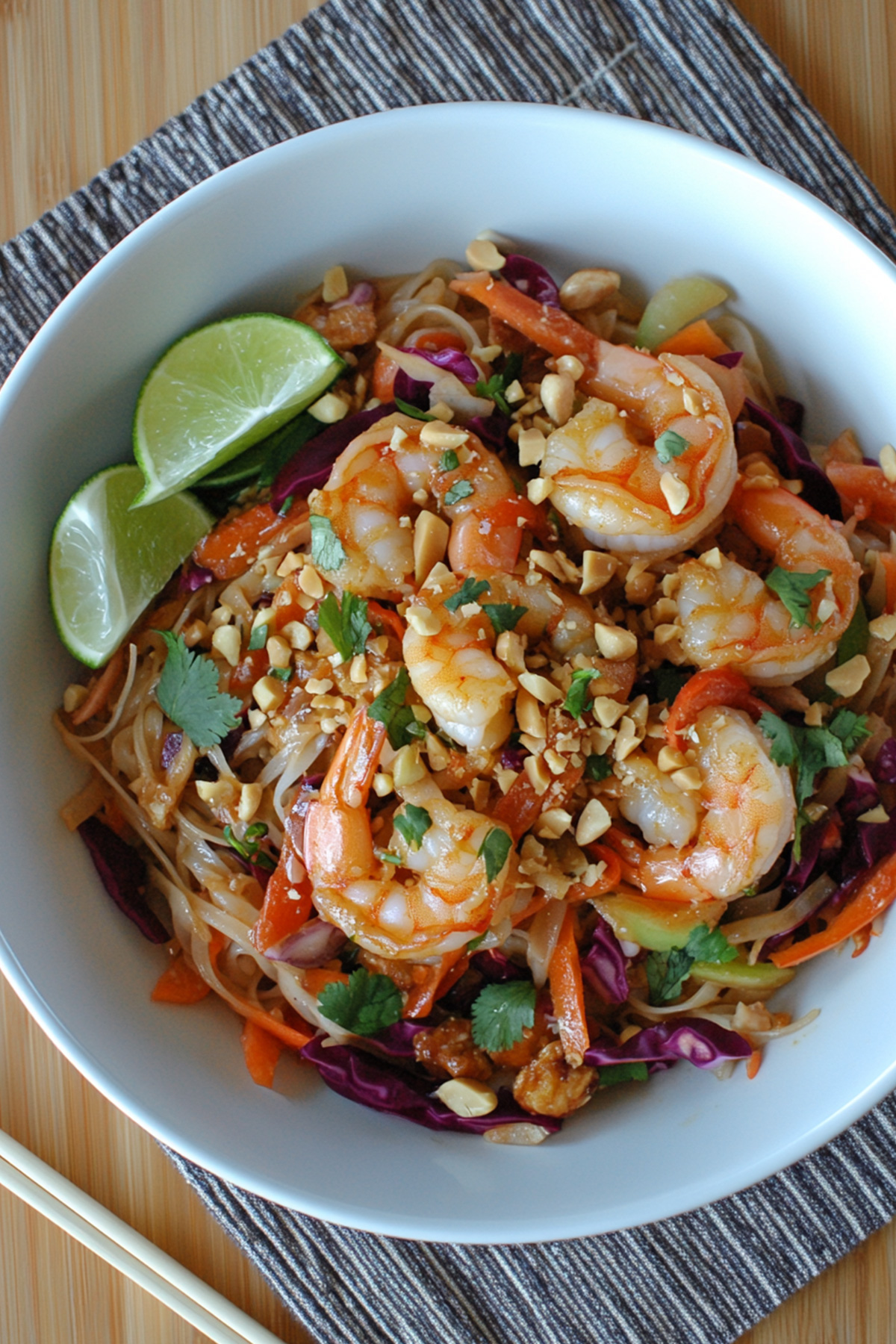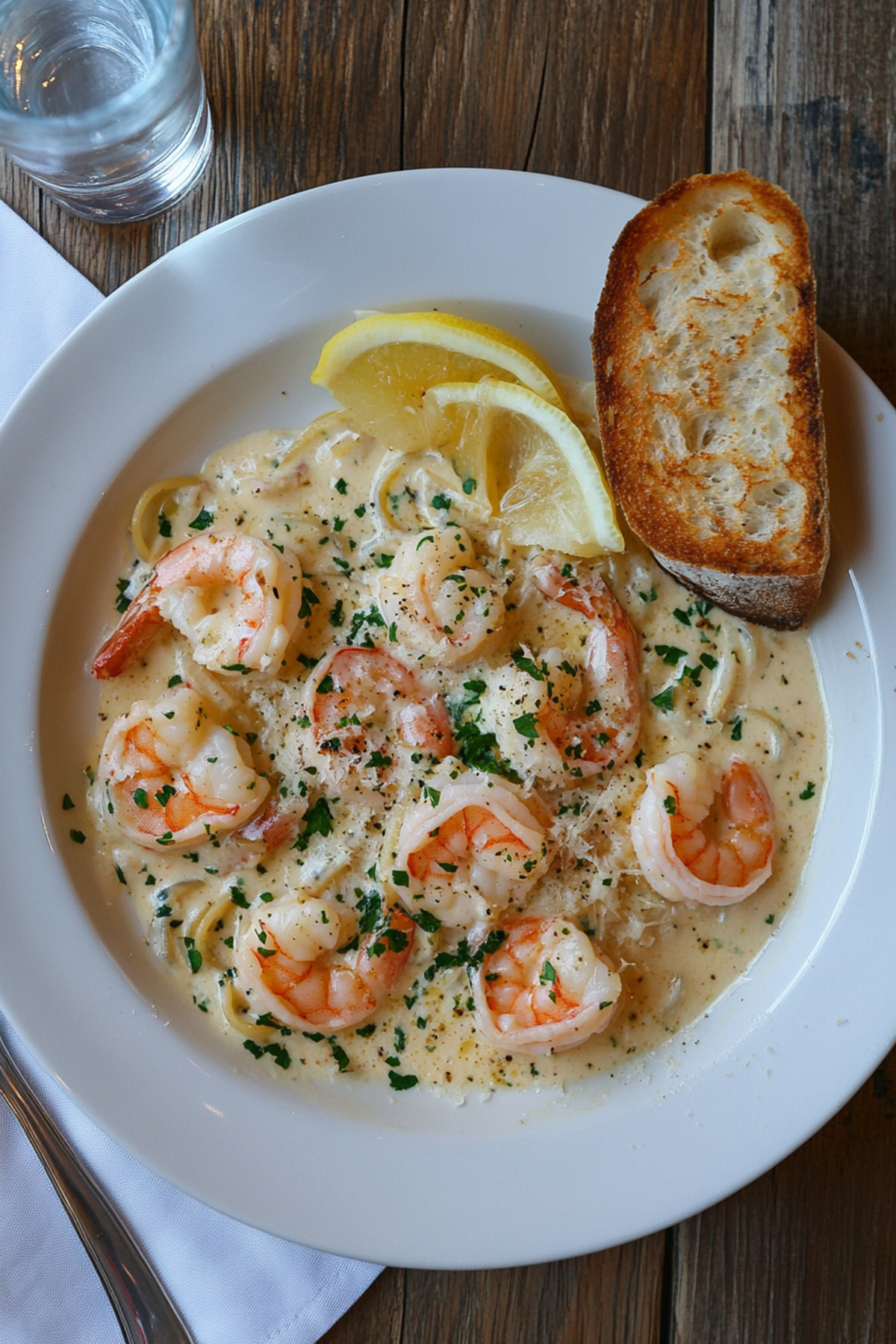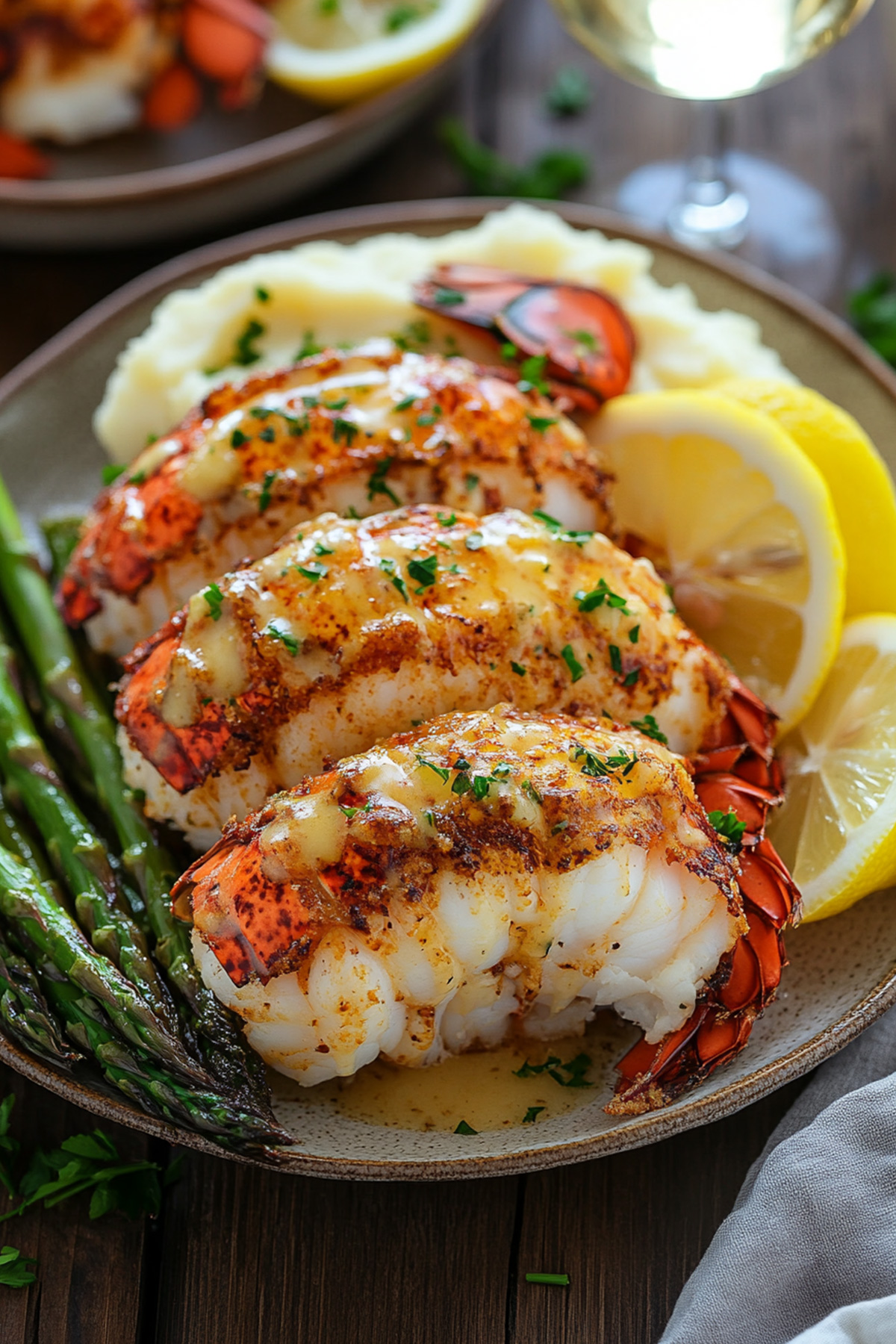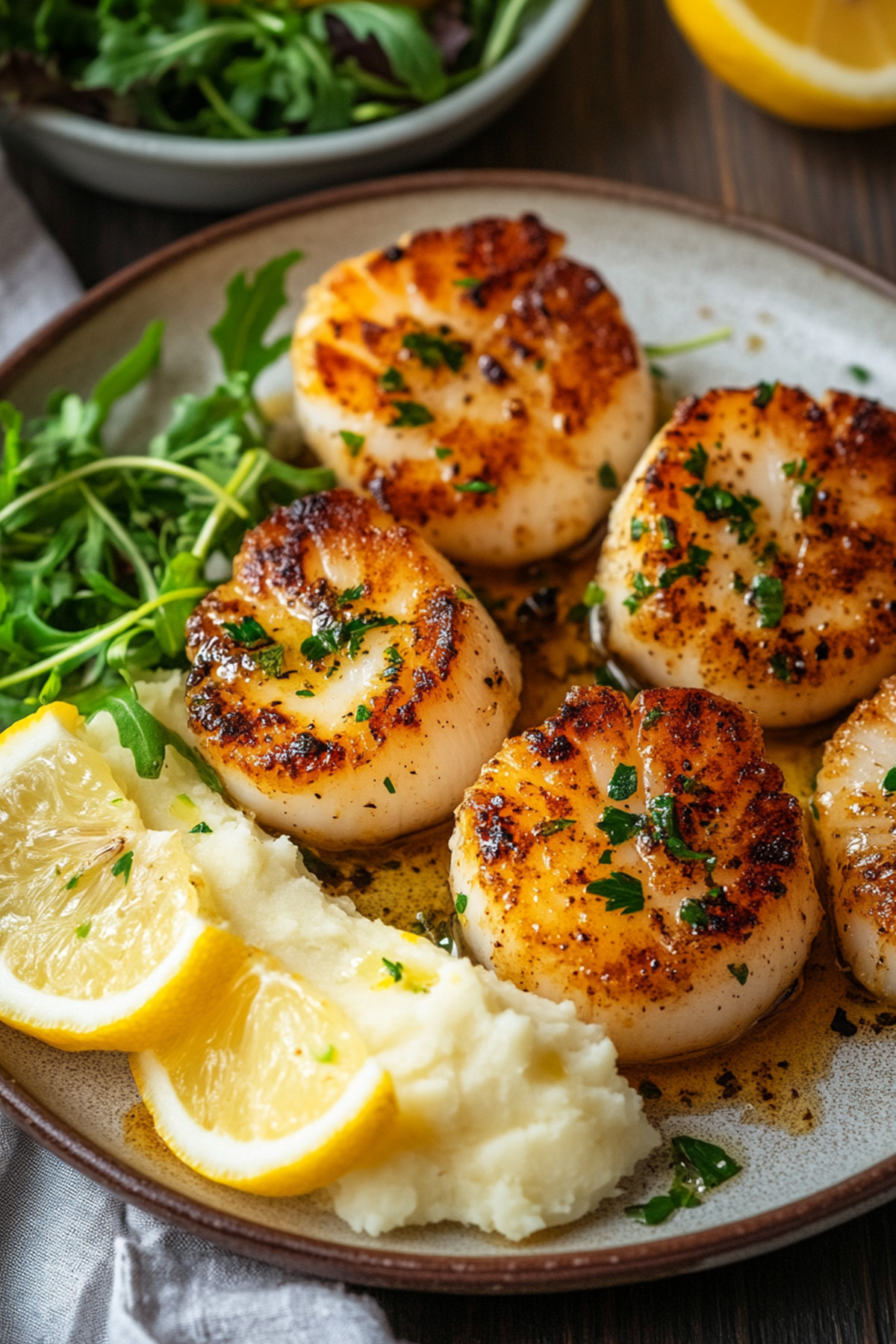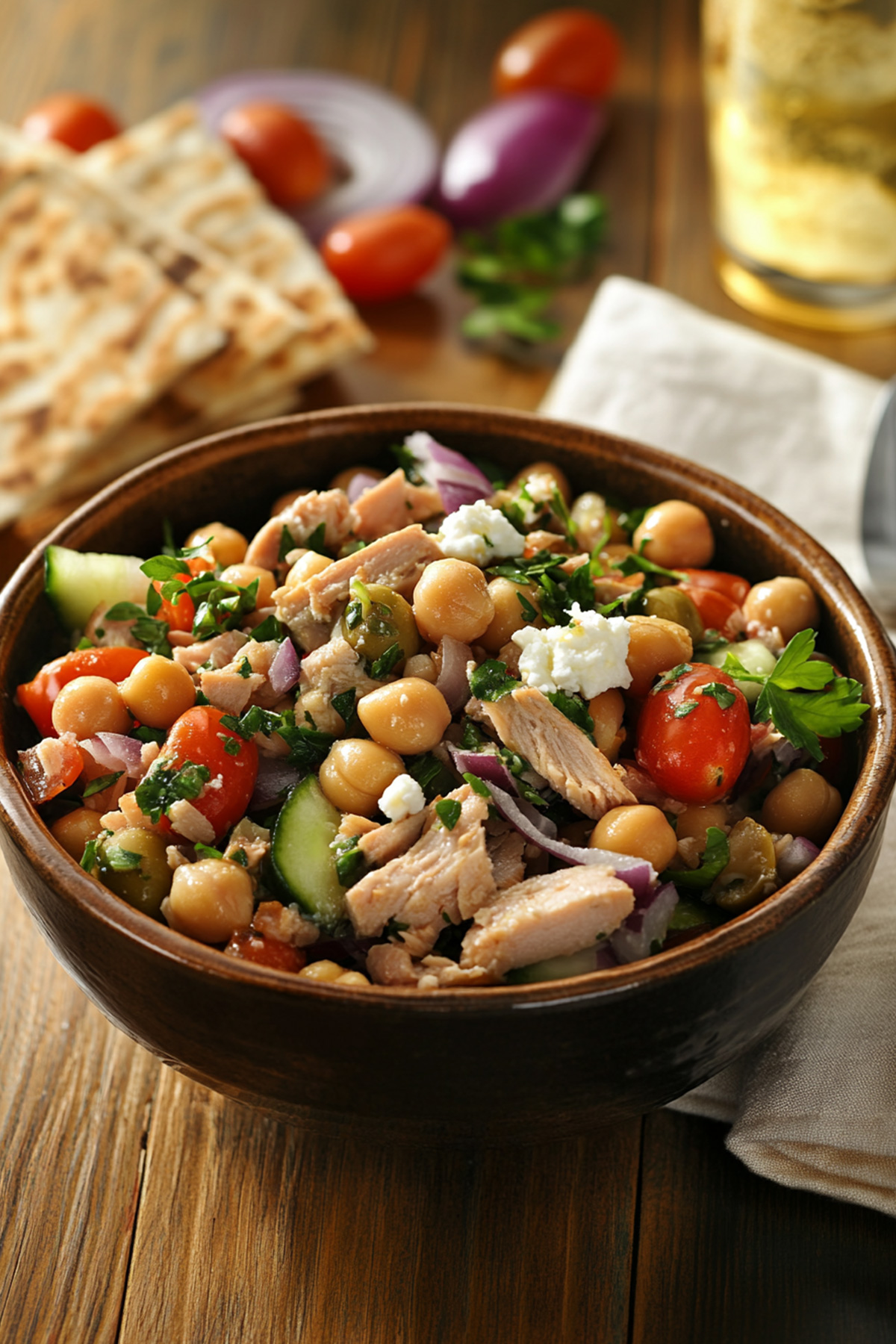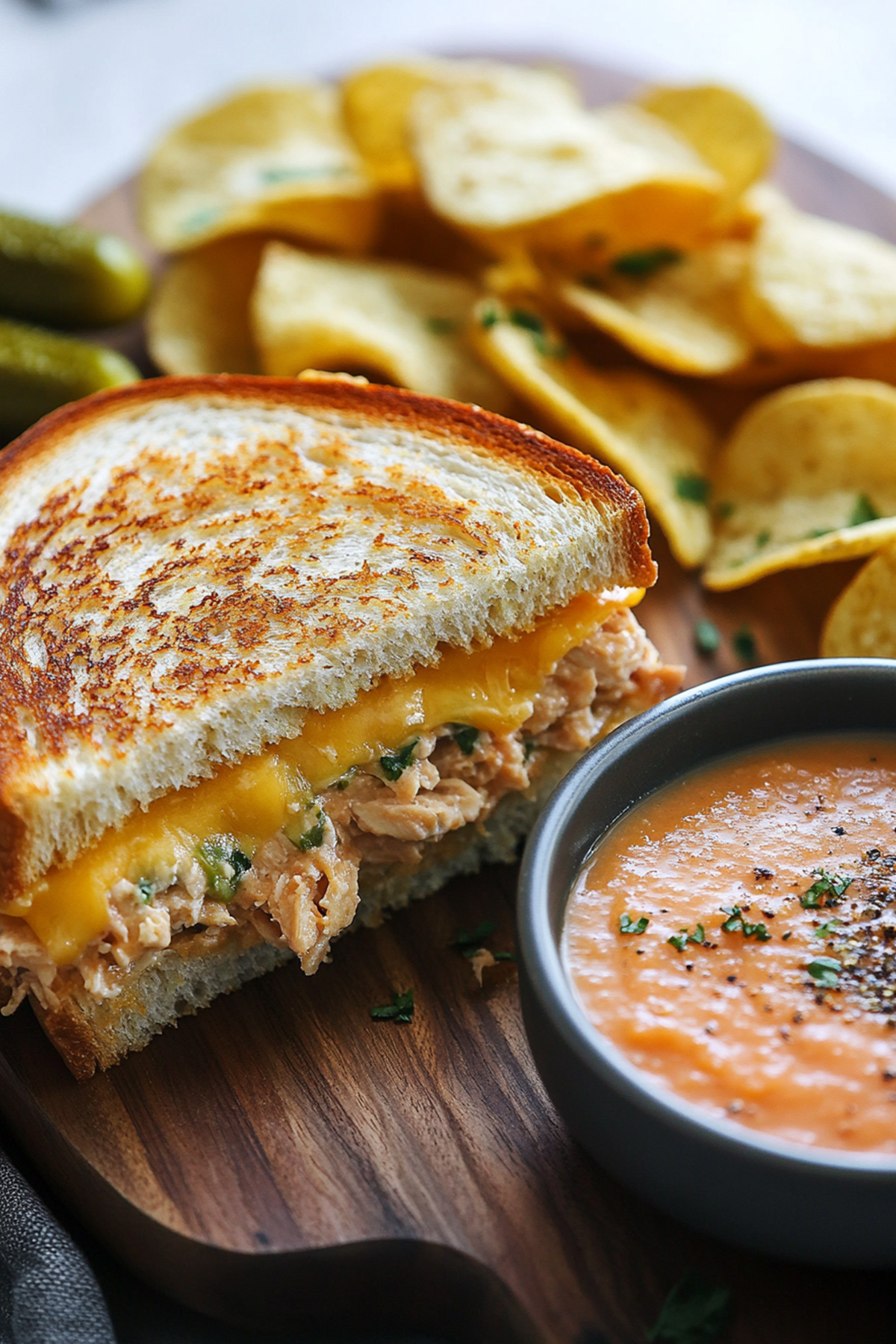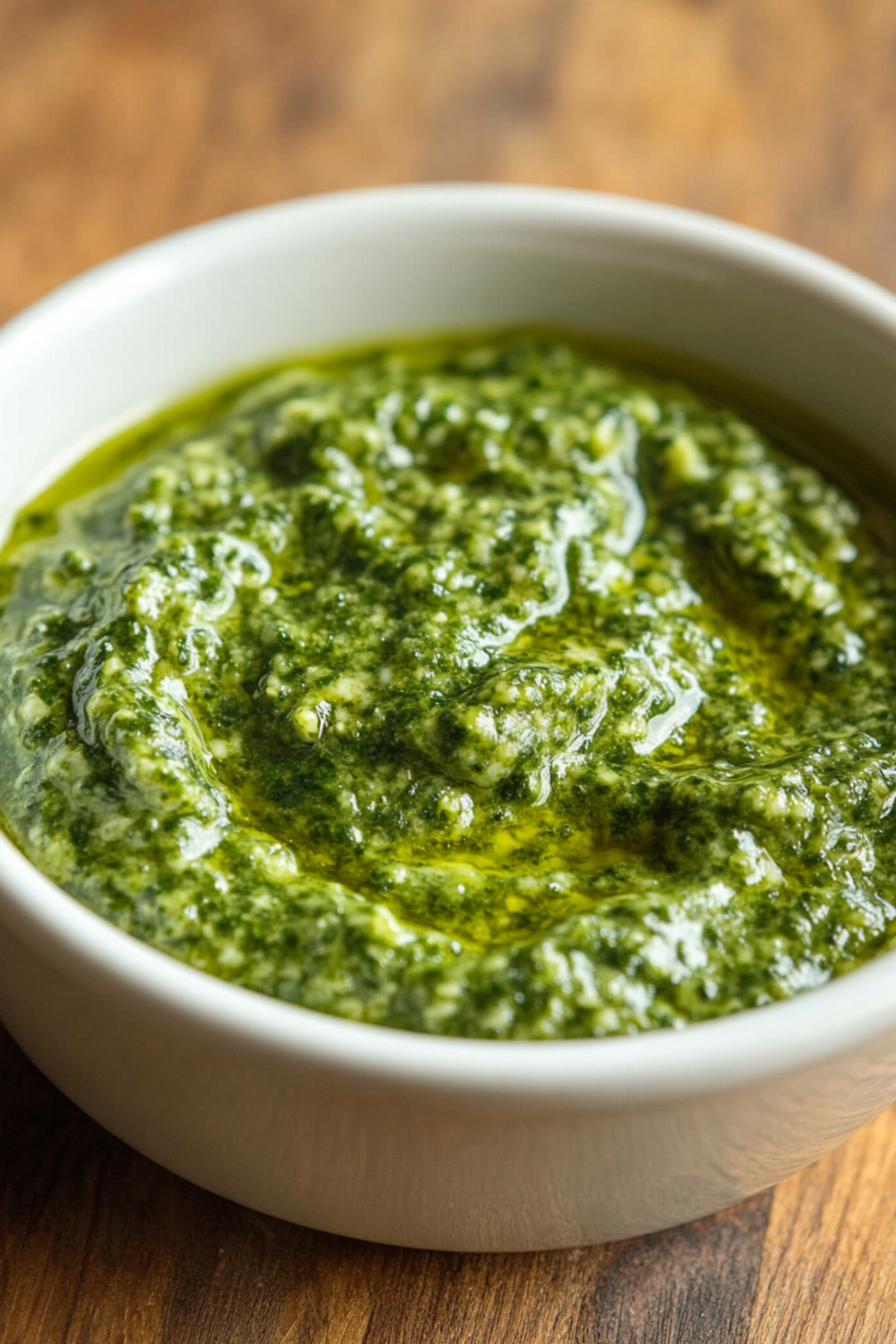Disclosure: As an Amazon Associate and participant in other affiliate programs, we earn from qualifying purchases. We only recommend products we believe will provide value to our readers.
Nigiri sushi stands as one of sushi’s most iconic forms, with its roots in Japan’s Kanto region during the early 1800s. The word “nigiri” means “two fingers” and describes the perfect bite-sized portion of rice that forms the foundation of this elegant dish.
This classic Japanese delicacy combines hand-pressed rice with precise slices of raw fish – usually tuna, salmon, or yellowtail. Each perfectly portioned piece contains 8.5 to 10 grams of rice that fits in a single bite. Traditional serving suggests dipping the fish side into soy sauce.
This piece offers a complete look at nigiri sushi. You’ll find everything from traditional preparation methods and different types to expert tips that help you make and enjoy this refined dish at home.
Table of Contents
What is Nigiri Sushi? Understanding the Basics
The beauty of nigiri sushi shines through its elegant simplicity. Each piece creates perfect harmony between vinegared rice and fresh seafood. This balanced bite showcases Japanese culinary precision at its finest.
The heart of nigiri begins with sushi-meshi – short-grain Japanese rice seasoned with rice vinegar, sugar, and salt. Chefs must prepare the rice meticulously to achieve the perfect texture and temperature. The rice should hold its shape yet remain tender enough to complement the topping.
Raw fish or seafood, called neta, sits atop the rice after being sliced with utmost precision. The slice thickness plays a crucial role – it must be just right to balance perfectly with the rice below. A small touch of wasabi between the rice and fish adds flavor and natural antimicrobial properties.
Nigiri’s unique preparation technique distinguishes it from other sushi styles. The sushi chef’s practiced hands shape the rice with precise pressure to create a cohesive base without overly compressing the grains. Fresh fish drapes elegantly over the rice, sometimes held in place by a thin strip of nori (seaweed).
Nigiri stands as the purest form of sushi craftsmanship, unlike rolled varieties. You can see the quality of every ingredient clearly, which tests the chef’s skill and ingredient selection. Traditional proportions guide the rice-to-fish ratio, letting you taste both elements in every bite.
Chefs must train for years to become skilled at this art. They dedicate countless hours to perfect their understanding of rice consistency, precise fish cutting, and consistent piece formation. This relentless pursuit of excellence embodies the Japanese concept of shokunin – mastery of one’s craft.
Read also: Tuna Belly Recipe
The Art Behind Nigiri Sushi Making
The art of making perfect nigiri sushi needs precise hand movements and techniques that have been passed down through generations. Each piece comes from a carefully arranged sequence of motions that turns basic ingredients into culinary art.
Proper hand positioning forms the foundation of nigiri expertise. The dominant hand shapes the rice and the other hand guides it gently. Rice shaping needs a delicate touch – firm enough to keep its shape but gentle enough to keep each grain’s texture natural.
Temperature control is a vital part of the process. Cool, slightly damp hands prevent the rice from sticking. The fish must remain chilled until assembly time to keep its texture safe and fresh.
The fish cutting technique, kiri-kata, calls for exceptional precision. Each slice should have the right thickness and angle to rest naturally on the rice ball. A smooth, uninterrupted knife motion creates clean edges that make both looks and texture better.
Timing becomes key during nigiri assembly. The process follows a rhythm:
- Gather the precise amount of rice
- Shape with three swift hand movements
- Apply wasabi with a quick finger stroke
- Position the fish with a gentle press
- Final adjustments for optimal balance
Technical skills blend with artistic elements naturally. Movements should flow with efficiency and grace. Each piece should look similar in size and shape, yet keep its unique character through the fish’s patterns and textures.
Visual harmony stands at the heart of nigiri creation. Rice should create a gentle arc that matches the fish’s natural curve.
The fish placement angle should work with light reflection to make the finished piece more appealing.
These techniques take years of practice to master. Sushi chefs often spend up to five years learning just the rice-handling techniques before they move on to fish preparation.
This steadfast dedication shows the deep respect for tradition and craftsmanship in nigiri sushi making.
Read also: Tuna Carpaccio Recipe
Different Types of Nigiri Sushi
Traditional nigiri sushi places raw fish varieties at the vanguard of its offerings. Maguro (tuna) exists in several distinct forms, from the rich, marbled otoro (fatty tuna belly) to the leaner akami (red meat). Sake (salmon) ranks among the most popular choices because of its buttery texture and mild flavor.
The world of nigiri extends beyond just fish. Ebi (cooked shrimp) delivers a sweet, firm texture that pairs perfectly with the soft rice base. Unagi (freshwater eel) comes with a sweet soy-based glaze, while hotate (scallop) brings its natural sweetness to the plate.
White fish adds subtle layers to the nigiri experience. Hirame (flounder) delivers a light, clean taste. Tai (sea bream) has a slightly firmer texture with mild sweetness. Hamachi (yellowtail)’s rich, buttery character melts right on your tongue.
Modern nigiri presentations now include vegetarian options. Tamago (sweet omelet) remains a classic non-fish choice that chefs carefully fold and season. Avocado nigiri has become a contemporary favorite that matches fatty fish’s creamy richness.
Some exceptional varieties deserve special mention. Tobiko (flying fish roe) creates a distinctive pop with its briny flavor. Uni (sea urchin) challenges the palate with its intense ocean flavor and custard-like texture.
Aburi-style nigiri takes a different approach by quickly searing the fish with a kitchen torch. This method keeps the interior raw while creating complex flavors and textures. Heat releases the fish’s natural oils and enhances its richness.
Each variety needs specific preparation techniques to showcase its best qualities. Seasonal availability often determines your nigiri choices since many fish reach peak flavor during specific times of the year.
Quality Standards for Perfect Nigiri Sushi
Making quality nigiri sushi just needs careful attention to detail. Temperature management is the life-blood of excellence. The rice should be at body temperature while the fish stays properly chilled.
Great nigiri starts with perfect rice consistency. Sushi rice should stick together firmly but separate easily during eating. Each grain should keep its character while working as part of the whole. The rice’s vinegar seasoning must strike the right balance – not too sharp or mild.
Strict protocols guide fish quality checks. Color vibrancy shows freshness, and each type has its special look. Tuna should show deep red shades, while salmon has bright orange-pink colors. The flesh feels firm yet supple, never mushy or too soft.
Textural harmony is a vital part of quality checks. The chef must get the rice-to-fish ratio right – usually 3:1 by volume. Fish slices should naturally drape over the rice base. This creates a gentle curve that makes both looks and taste better.
Surface texture deserves equal focus. The best nigiri has a subtle sheen on both rice and fish. Rice surfaces look slightly glossy from good vinegar seasoning, and the fish keeps its natural shine through careful handling.
Moisture control determines each piece’s success. Rice grains need enough moisture to stick without getting wet or sticky. Yes, it is true that too much moisture can ruin both texture and flavor.
Professional chefs check nigiri through many senses. Each piece should keep its shape when picked up but yield to gentle pressure. The wasabi must be precise – enough to lift flavors without overpowering everything else.
Storage methods are significant to keep quality high. Fish stays best between 34-38°F (1-3°C). The serving temperature affects the whole experience because slightly warm fish releases better aromas and flavors.
Clean practices must guide every step of preparation. Work surfaces, tools, and hands need frequent cleaning. The chef’s simplified processes and dedicated cutting boards for different ingredients help prevent cross-contamination.
Essential Components of Nigiri Sushi
The magic of nigiri sushi comes from five basic components that blend together perfectly. Sushi-grade fish, the first vital element, must be fresh and high quality. Each fish slice should be 1/4 inch thick to give you the best texture and taste.
The vinegared rice base does more than just support the fish. Japanese short-grain rice called koshihikari gives you the right starch and texture. You’ll need a specific mix – 0.5 cups of sushi vinegar for every 2.5 cups of cooked rice.
Wasabi is a significant component that adds flavor and naturally fights bacteria. Real wasabi root beats the common horseradish paste and provides gentle heat with complex flavors that work great with raw fish.
Nori strips are thin seaweed bands that help hold everything together. These 1/4-inch wide strips secure the toppings and add a nice mineral taste and texture contrast.
The fifth element includes specialty ingredients that make specific nigiri varieties shine. Yuzu zest brings bright citrus notes to white fish, and nikiri sauce makes fatty fish taste better. Shiso leaves work well with mild fish and add their unique herbal flavor.
Garnishes can transform both looks and taste. A light coat of nikiri sauce on the fish’s surface looks great. Small herbs or togarashi (Japanese seven-spice blend) add beautiful colors and complex flavors.
Temperature makes a big difference in great nigiri. The rice should be body temperature while the fish stays cool. This warm-cool combination creates an amazing experience that improves both texture and taste.
Size matters in nigiri. The rice ball should be 3 centimeters long, 2 centimeters wide, and 2 centimeters tall. These measurements create the perfect balance with the fish on top and give you an ideal single bite.
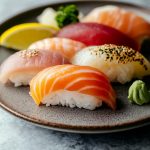
Nigiri Sushi Recipe
- Total Time: 60 minutes
- Yield: 30 pieces 1x
- Diet: Gluten Free
Description
Becoming skilled at making nigiri sushi at home takes patience, practice, and a keen eye for detail. This recipe shows you how to create authentic nigiri sushi pieces with the perfect balance of seasoned rice and fresh fish.
Premium ingredients come together to create elegant nigiri sushi pieces in this detailed recipe. Each piece needs 8.5 to 10 grams of rice with a perfectly sliced fish topping. The original recipe serves one person and makes about 30 pieces. You can share them or use them to practice your technique.
Ingredients
- 2 cups Japanese short-grain rice
- 2 cups water
- 1/3 cup rice vinegar
- 3 tablespoons sugar
- 1.5 teaspoons kosher salt
- 30 slices sushi-grade fish (tuna, salmon, or yellowtail)
- Wasabi paste (optional)
- Small bowl of tezu (hand vinegar): 250ml water mixed with 40ml rice vinegar
Instructions
- Rice Preparation: Wash the rice until water runs clear and change water 4-8 times. Let it soak in fresh cold water for 30 minutes.
- Cooking Rice: Put rice and water in a medium pot. Bring to boil, reduce heat, and simmer covered for 20-25 minutes.
- Seasoning: Heat vinegar, sugar, and salt until dissolved. Put cooked rice in a wide bowl, add the hot vinegar mixture, and fold gently at a 45-degree angle.
- Fish Preparation: Cut fish against the grain into pieces about 3 inches long, 1 inch wide, and 1/4 inch thick.
- Hand Preparation: Keep a small bowl of tezu mixture ready to prevent rice from sticking.
- Shaping Nigiri:
- Wet your hands with tezu
- Shape rice into a rectangular mound
- Make a slight dimple in center
- Add wasabi if desired
- Place fish over rice
- Press gently to secure
Notes
- Rice should feel slightly warmer than room temperature for best shaping.
- Use only sushi-grade fish that’s properly frozen for safety.
- Fresh nigiri stays good for up to four hours.
- Keep your workspace clean and wash hands or change gloves often.
- Use gentle pressure – think about holding a baby chick without hurting it.
- Prep Time: 30 minutes
- Cook Time: 30 minutes
- Category: Seafood
- Method: Raw
- Cuisine: Japanese
Health Benefits of Eating Nigiri Sushi
Nigiri sushi’s appeal comes from its excellent nutritional value. Each piece combines lean protein, healthy fats, and complex carbohydrates in perfect balance. The fish toppings are rich in protein that helps maintain and repair muscles through complete amino acid profiles found in seafood.
Fish used in nigiri sushi contains beneficial omega-3 fatty acids that boost brain function and heart health. EPA and DHA compounds help reduce inflammation throughout your body. You can enjoy satisfying meals without excess calories when you control your portions.
The rice base with vinegar provides steady energy through complex carbohydrates.
These carbs release glucose slowly, unlike simple sugars, which helps keep blood sugar levels stable. Vinegar seasoning improves digestion and contains minerals your metabolism needs.
Different fish choices bring various minerals to the table.
Salmon nigiri packs vitamin D and B12 that strengthen bones and help form red blood cells. Tuna adds selenium, an antioxidant mineral that boosts immune function. White fish options give you lean protein without much saturated fat.
Seaweed garnishes or bindings add their own health benefits. These sea vegetables contain iodine for thyroid health and rare minerals you won’t find in land-based foods. Wasabi served alongside has natural antimicrobial properties.
Raw fish preparation keeps heat-sensitive nutrients intact. B vitamins stay preserved to support energy metabolism and nervous system function. The natural enzymes in fresh fish remain active and might help digestion.
The design of nigiri sushi makes portion control simple. Each piece has measured amounts of protein and carbohydrates that make tracking nutrition easier. Fish and rice ratios help you feel full without overeating.
Nigiri sushi’s mindful eating experience goes beyond physical benefits. Taking time with each piece encourages slower eating that helps you recognize when you’re full. This approach matches Japanese dining philosophy where quality matters more than quantity.
References:
– Syshirunner
– Eat This Much
Best Practices for Enjoying Nigiri Sushi
The art of enjoying nigiri sushi demands careful attention to how it’s presented and eaten. We focused on the right approach that improves flavor appreciation and honors age-old customs passed down through generations.
Temperature appreciation makes a huge difference in how much you’ll enjoy your sushi. You’ll notice distinct sensations from the mix of warm rice and cool fish. Let chilled nigiri sit at room temperature for 3-5 minutes to bring out its full flavors.
The sushi chef serves each piece at the counter right when it should be eaten. This timing will give a perfect balance of temperature and texture. The carefully arranged service lets you taste every bite at its best.
Proper etiquette for eating nigiri
Traditional nigiri has specific rules that boost taste and show respect for the craft. You can use chopsticks or clean fingers – both work just fine in Japanese dining culture. Just flip the nigiri 180 degrees so the fish hits your tongue first.
Pieces served with nikiri sauce don’t need extra soy sauce. But if you’re dipping in soy sauce, here are the basics:
- Dip only the fish side
- A quick dip is enough
- Keep the rice dry
- Skip mixing wasabi in soy sauce
Each piece should go down in one bite. This keeps the balance of flavors and temperature just right. The chef can make smaller pieces if they’re too big for you.
Ginger works as a palate cleanser between different fish types, not a topping. You’ll taste each fish’s unique character better this way. Start with lighter flavors and move to stronger ones to avoid overwhelming your taste buds.
Timing considerations make a big difference in your meal. Eat each piece within 30 seconds to keep the perfect temperature and stop the rice from drying out. Take short breaks between pieces to savor each one’s special qualities.
Good sushi appreciation goes beyond just eating techniques. Watch the chef’s skill, check out seasonal fish choices, and learn about local styles to get more from your meal. This mindful way connects you to centuries of food tradition and makes everything taste better.
The sushi counter beats table seating at high-end spots. You get to chat with the chef and taste each piece at its absolute best. The counter also gives you chances to learn about fish prep and what’s in season.
You may also like: Fish Pie Recipe
Note that real nigiri appreciation puts quality first. Pay attention to subtle flavors, texture differences, and temperature changes. This relaxed approach matches Japanese dining philosophy and helps you enjoy every piece the chef creates.
Conclusion
Nigiri sushi is proof of Japanese culinary precision that combines artful preparation with nutritional excellence. This craft demands dedication, but understanding its basic principles helps you appreciate each carefully crafted piece.
Perfect nigiri experiences come from quality ingredients, precise temperature control, and proper technique.
Each component plays a vital role in the final result, whether you’re at a premium sushi counter or making it at home.
Traditional ways of eating improve both flavor appreciation and dining pleasure. The proper etiquette – from correct dipping techniques to mindful eating – turns simple ingredients into an exceptional culinary experience.
This respectful approach celebrates centuries of tradition and maximizes your enjoyment of each balanced bite.

